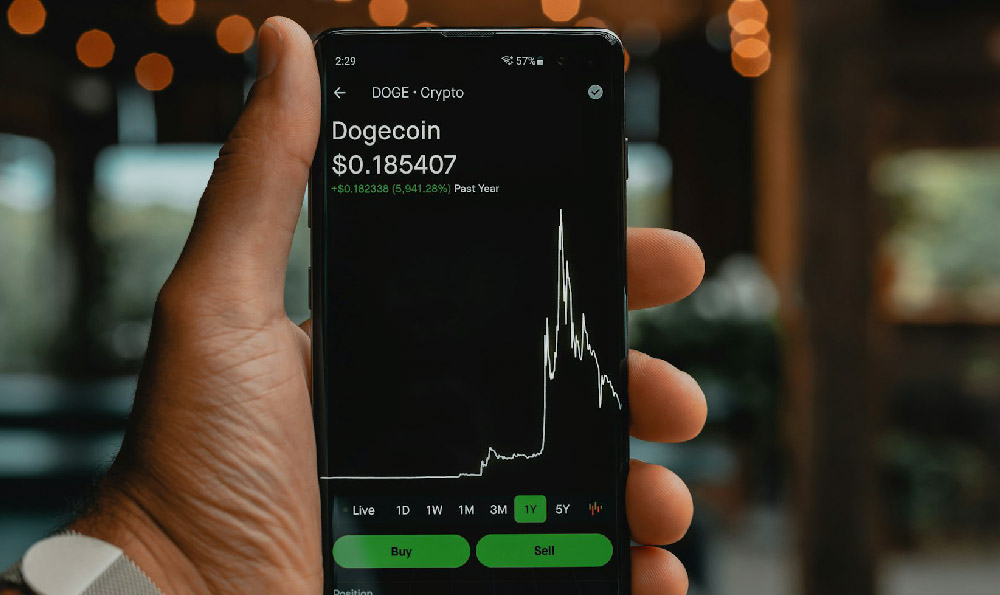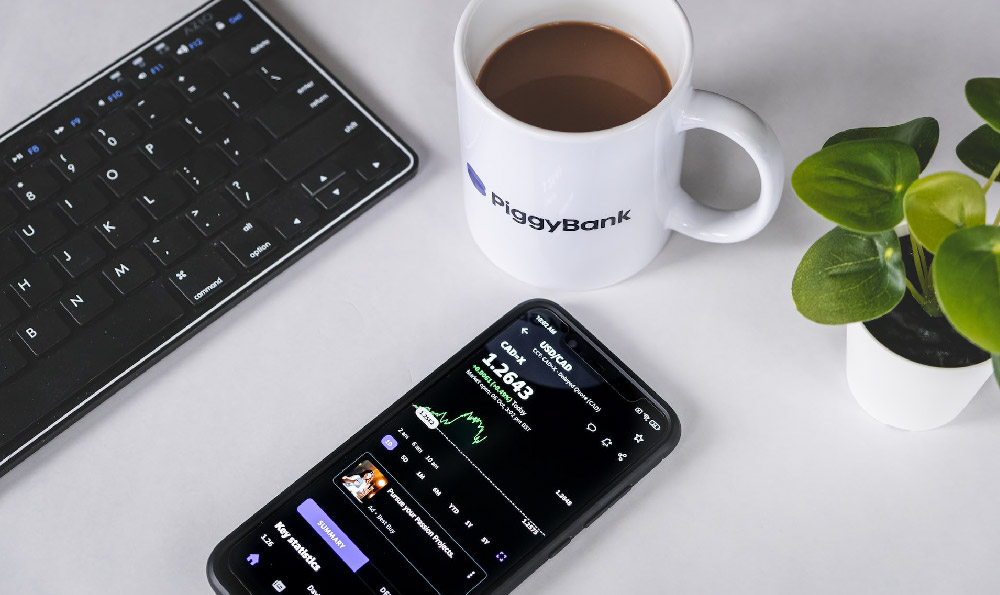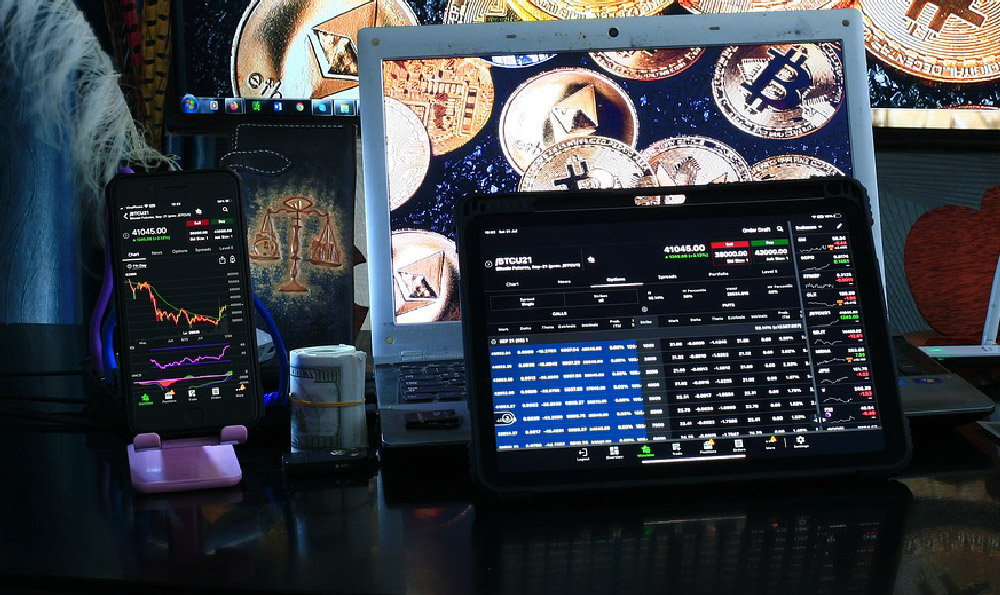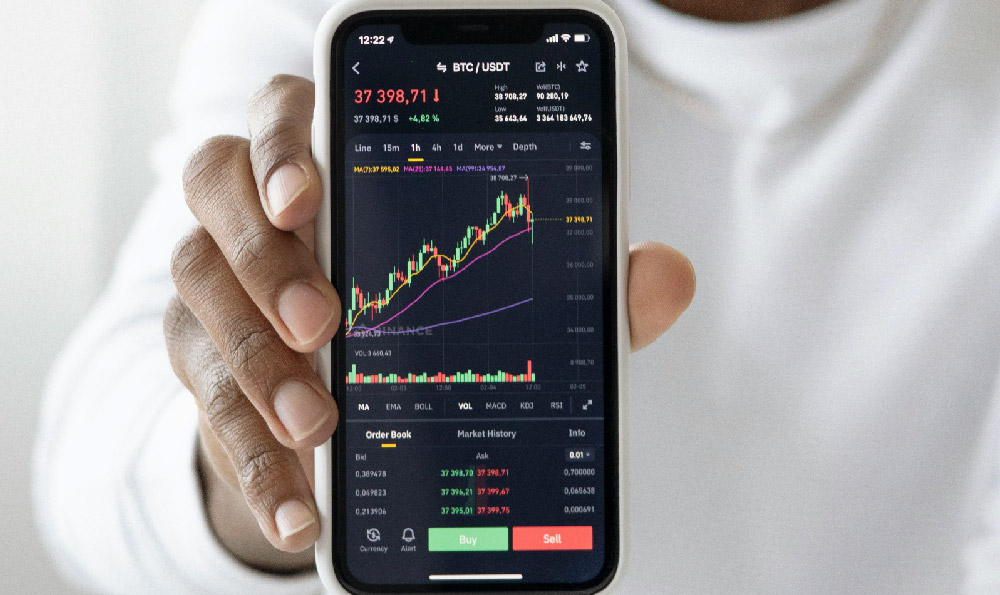In the ever-evolving digital landscape, visual content has emerged as a powerful tool for generating income, blending creativity, technology, and market demand into a dynamic opportunity. Whether through video platforms, social media, or content-driven businesses, the key lies in understanding how to effectively monetize visual media while aligning it with personal goals and audience engagement. At its core, visual content is not merely about creating images or videos; it’s about crafting narratives that resonate, build communities, and unlock value in ways that traditional methods often cannot. The first step in this journey is to recognize that visual content thrives on visibility and relevance, which can be harnessed through strategic platforms and diversified monetization models.
For instance, creators on YouTube have long leveraged their audiences through a combination of ad revenue, brand partnerships, and channel memberships. However, the algorithm and audience expectations have shifted over time, requiring a deeper understanding of how to optimize content for both viewership and profitability. A strong hook within the first few seconds, consistent posting schedules, and a clear value proposition are critical. Yet, these platforms also demand significant time investment, as content creation, editing, and promotion are labor-intensive. The challenge is to balance quality with scalability, ensuring that visual content remains engaging while efficiently managing production cycles.
Similarly, Instagram and TikTok have transformed the way visual content is consumed and monetized. These platforms emphasize short-form, high-impact visuals that can quickly capture attention in an oversaturated market. Influencers and creators on these networks often diversify their income by combining ad partnerships, sponsored posts, and affiliate marketing with a growing trend of merchandise sales and brand collaborations. However, success on these platforms hinges on authenticity and consistency. A content calendar that aligns with seasonal trends or cultural events can enhance reach, while analytics tools help track performance and refine strategies. The risk here is overexposure or burnout, as the pressure to produce frequent, high-quality content can strain creativity and resources.


Beyond individual platforms, visual content can also serve as a foundational element of broader business models. For example, digital product creators such as those specializing in stock photography, templates, or graphic design leverage visual assets to generate passive income. By packaging content into downloadable formats, these creators can sell their work to businesses or individuals worldwide, bypassing the need for ongoing audience interaction. This approach requires a strong grasp of market demand, as well as the technical skills to produce scalable, high-quality visuals. Additionally, the ability to price content competitively while maintaining profitability is essential, as market saturation often drives down prices for similar offerings.
Another avenue for visual content monetization lies in the intersection of media and finance. Visual storytelling can be integrated into investment strategies, such as creating educational content about markets, economic trends, or financial literacy. This not only attracts an audience but also builds trust, allowing creators to monetize through affiliate links, sponsored content, or even launching related financial services. The challenge here is to maintain credibility while promoting products, which requires transparency and a genuine commitment to educating rather than exploiting. The potential reward, however, is a loyal following and long-term financial growth through diversified revenue streams.
The importance of niche expertise cannot be overstated. Visual content that caters to specific interests, such as health and wellness, gaming, or fashion, tends to attract more targeted audiences, making monetization more straightforward. For example, fitness influencers who produce workout videos or meal plan visuals can partner with health brands or sell their own supplements, leveraging their audience’s trust to drive sales. Similarly, educators or experts in fields like technology or finance can use visual content to simplify complex concepts, positioning themselves as thought leaders while opening doors to consulting, courses, or book deals.
Innovation in visual content creation is another differentiator. With tools like AI-driven design software, 3D animation, or augmented reality, creators can produce visually striking content with enhanced efficiency. This not only reduces production time but also allows for experimentation with new formats, such as interactive content or immersive experiences, which can attract higher engagement and premium monetization opportunities. However, mastering these tools requires an investment in time and resources, as well as a willingness to adapt to rapidly changing technologies.
Finally, the legal and financial aspects of visual content monetization must be carefully navigated. Copyright laws and licensing agreements play a pivotal role in ensuring that creators can profit from their work without infringing on others' rights. Additionally, understanding tax implications, contract negotiations, and revenue diversification can significantly impact long-term profitability. This aspect often requires collaboration with legal experts or financial advisors to build a sustainable business model.
In conclusion, generating income through visual content involves a multifaceted approach that balances creativity, strategy, and execution. By leveraging the right platforms, prioritizing niche expertise, embracing innovation, and addressing legal and financial considerations, creators can transform their visual ideas into profitable ventures. The journey is not without challenges, but with persistence, adaptability, and a deep understanding of both the creative and business landscapes, visual content can serve as a gateway to financial independence and long-term success.












